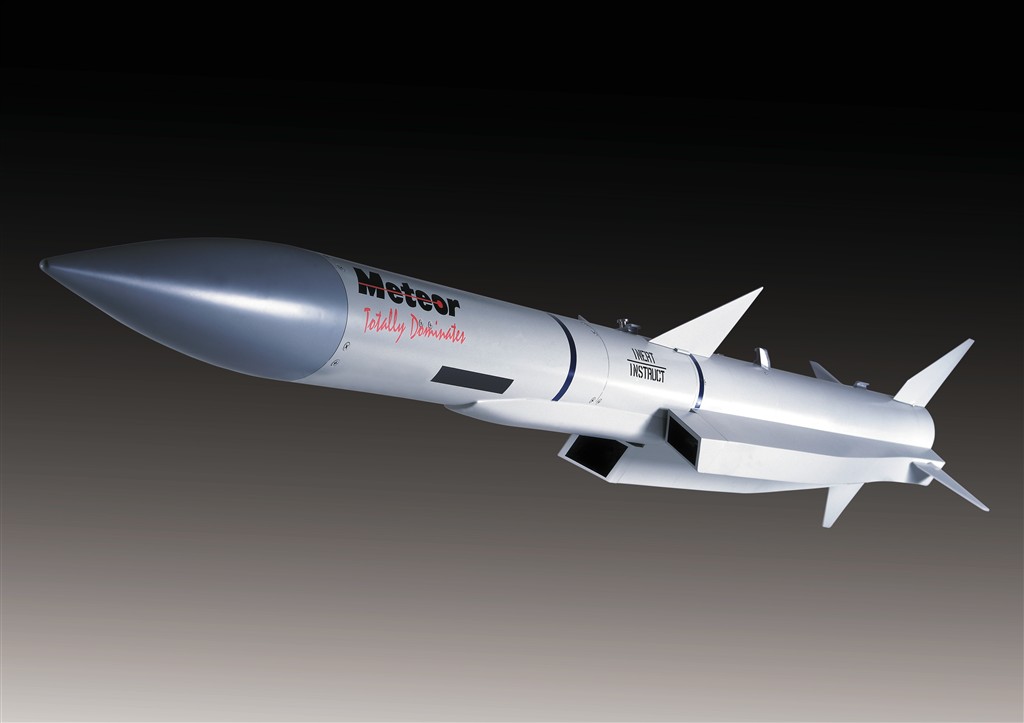
اظن الخبر حصرى ويستاهل تقييم
منحت وكالة مشاريع الابحاث الدفاعية المتقدمة (داربا) عقدين تنافسيين لكل من شركة رايثون وبوينج لاجراء التصميم النظرى وتطوير صاروخ جو/جو وجو/ارض متعدد المهام والمرموز اليه بالرمز تى-3 اختصارا لمدمر الاهداف الثلاثى كجزء من مبادرة الوكالة لانتاج اسلحة متطورة ويهدف برنامج الانتاج الى انتاج صاروخ قادر على الاشتباك مع طائرات العدو او صواريخه الجوالة او دفاعاته الجوية من مدى بعيد كما سيتم تصميم الصاروخ بحيث يتكامل مع الصفة الشبحية لطائرات الجيل القادم حيث سيتم تحمياه داخليا وسيتم استخدامه على طائرات من نوع الرابتور او F-15SE او F-35 او يتم تحميله خارجيا كما على طائرات بدون طيار او القاذفات او بعض المقاتلات الاخرى
باقى المقال يحتوى على معلومات تقنية اتركها للخبراء لتحليلها وعرضها على الهواة امثالى
DARPA has awarded two competitive development contracts to Boeing and raytheon, to conduct conceptual design and development of a multi-mission air/air and air/ground missile dubbed 'Triple Target Terminator' (T3). The program, part of the agency's advanced weapons initiative, is pursuing a high speed, long-range missile that can engage enemy aircraft, cruise missile and air defense targets. T3 will be designed for internal carriage on stealth aircraft like the F-35, F-22 and F-15SE, or externally on fighters, bombers and UAVs.
T3 would allow strike fighter aircraft to rapidly switch between air-to-air and air-to-surface (counter-air) capabilities. The missile is likely to be equipped with multi-mode seeker and network-centric data links, providing high level of target discrimination, employment of kinetic network-centric applications and human-in-the-loop control. An advanced multi-purpose warhead will be required to engage the wide range of targets with maximum lethality.
Raytheon and Boeing were each awarded $21.3 million contracts in November 2010, for the development of T3. The companies are expected to deliver conceptual designs within a year, and continue developing the future weapon, providing prototype missiles for flight demonstration by 2014.
Parallel to DARPA's T3 program the U.S. Air Force Research Laboratory (AFRL) is also examining new technologies for a future air/air weapon known as 'DRADM'. Boeing was awarded contracts for the demonstration of a vector thrust propulsion and control, terminal guidance sensors, shaped-charge warhead and fuse mechanism for such a missile. In 2010 DARPA has also funded technology tradeoff studies associated with similar aspects of T3. It has yet to be determined whether the two programs will compete or supplement each other in a common design. ATK, Lockheed Martin and Northrop Grumman have teamed up to pursue future, dual-role missile development to date, but none of these companies were awarded contracts for T3 or DRADM.
Whatever the future missile will be, it is expected to replace current AIM-120 AMRAAM and AGM-88 HARM 'air dominance' missiles currently in service with U.S. air Combat Command, U.S. Navy, Marines, and many allied air forces.
T3 would allow strike fighter aircraft to rapidly switch between air-to-air and air-to-surface (counter-air) capabilities. The missile is likely to be equipped with multi-mode seeker and network-centric data links, providing high level of target discrimination, employment of kinetic network-centric applications and human-in-the-loop control. An advanced multi-purpose warhead will be required to engage the wide range of targets with maximum lethality.
Raytheon and Boeing were each awarded $21.3 million contracts in November 2010, for the development of T3. The companies are expected to deliver conceptual designs within a year, and continue developing the future weapon, providing prototype missiles for flight demonstration by 2014.
Parallel to DARPA's T3 program the U.S. Air Force Research Laboratory (AFRL) is also examining new technologies for a future air/air weapon known as 'DRADM'. Boeing was awarded contracts for the demonstration of a vector thrust propulsion and control, terminal guidance sensors, shaped-charge warhead and fuse mechanism for such a missile. In 2010 DARPA has also funded technology tradeoff studies associated with similar aspects of T3. It has yet to be determined whether the two programs will compete or supplement each other in a common design. ATK, Lockheed Martin and Northrop Grumman have teamed up to pursue future, dual-role missile development to date, but none of these companies were awarded contracts for T3 or DRADM.
Whatever the future missile will be, it is expected to replace current AIM-120 AMRAAM and AGM-88 HARM 'air dominance' missiles currently in service with U.S. air Combat Command, U.S. Navy, Marines, and many allied air forces.
رابط الخبر
http://www.defense-update.com/products/t/18112010_t3.html










